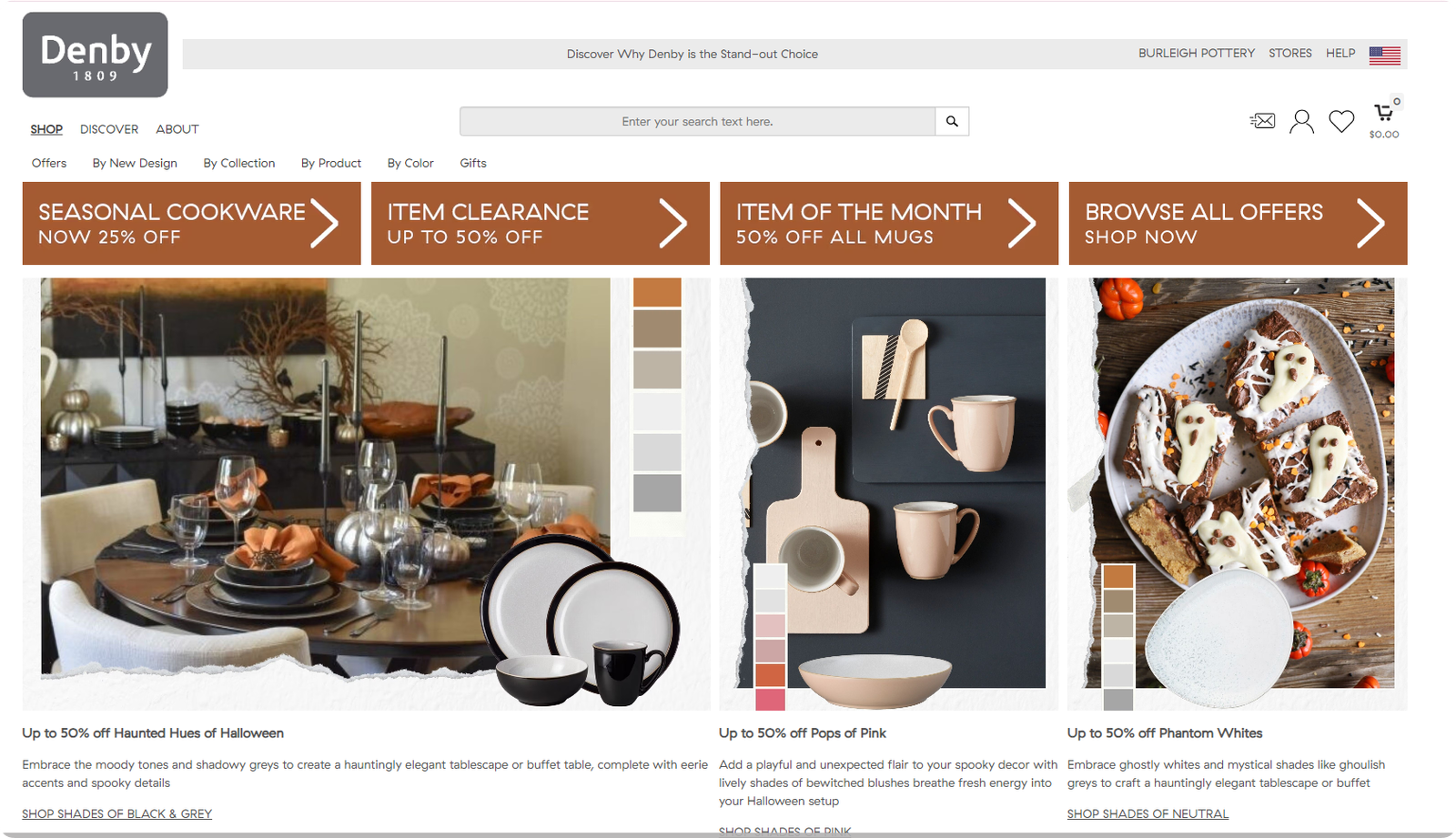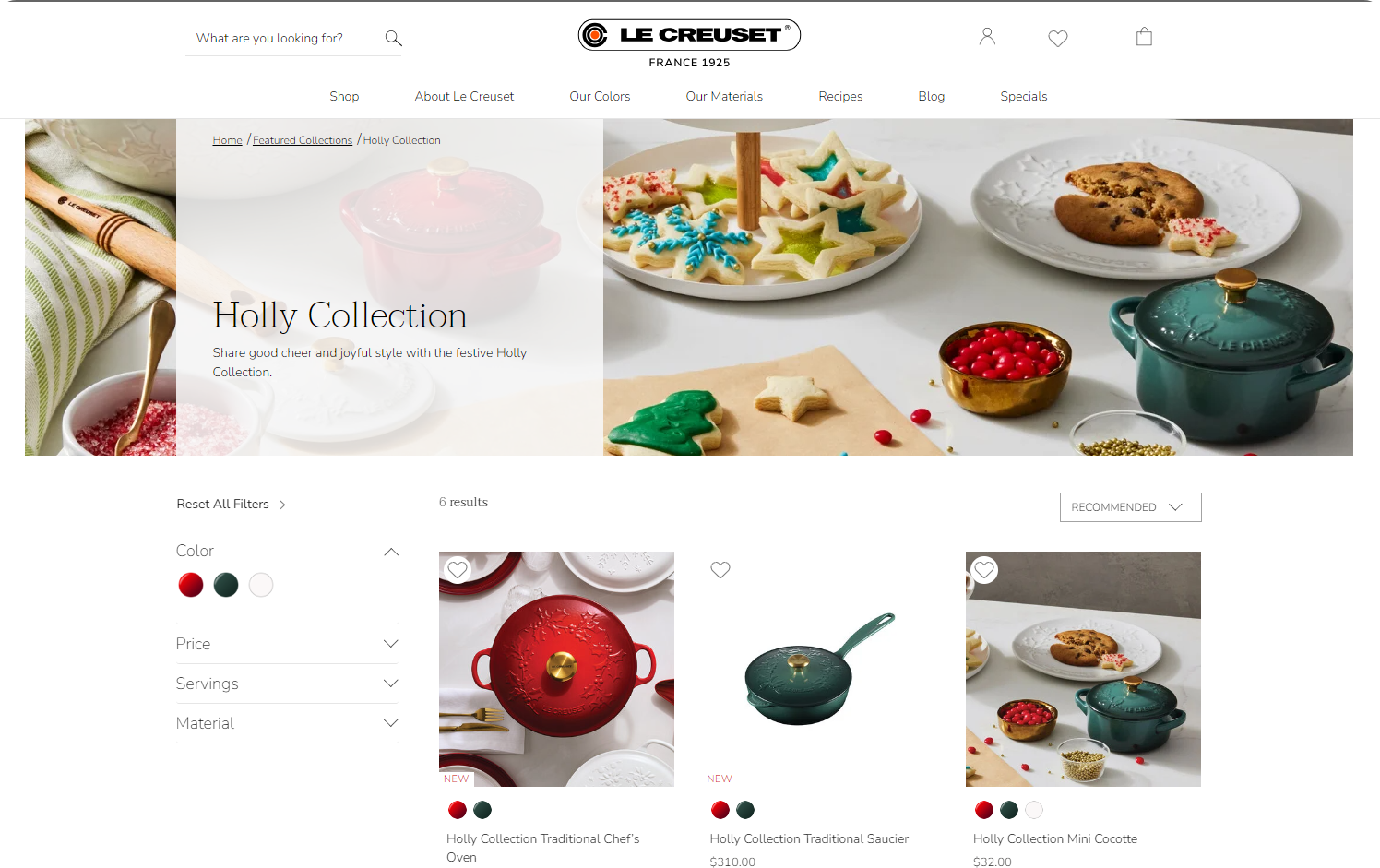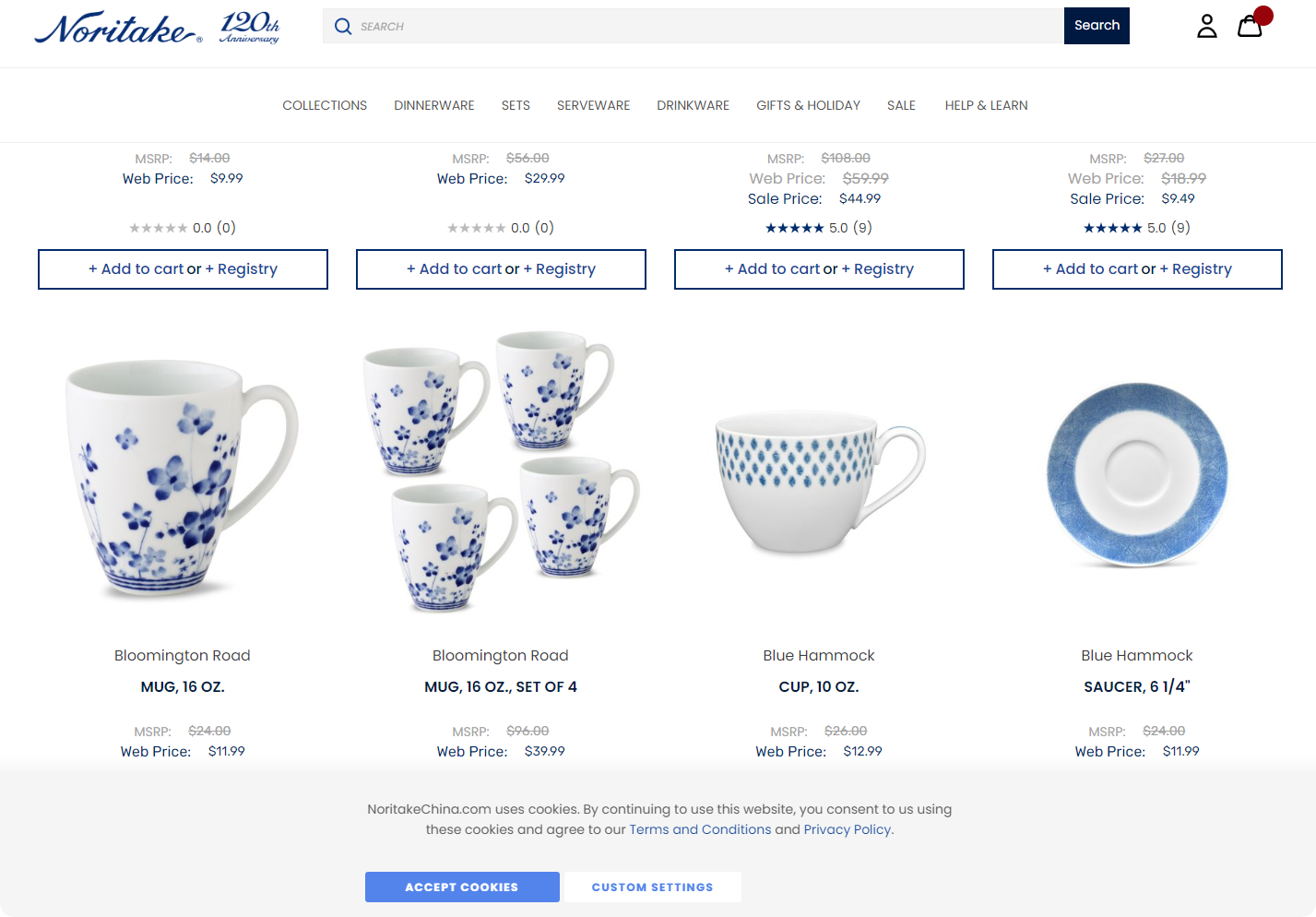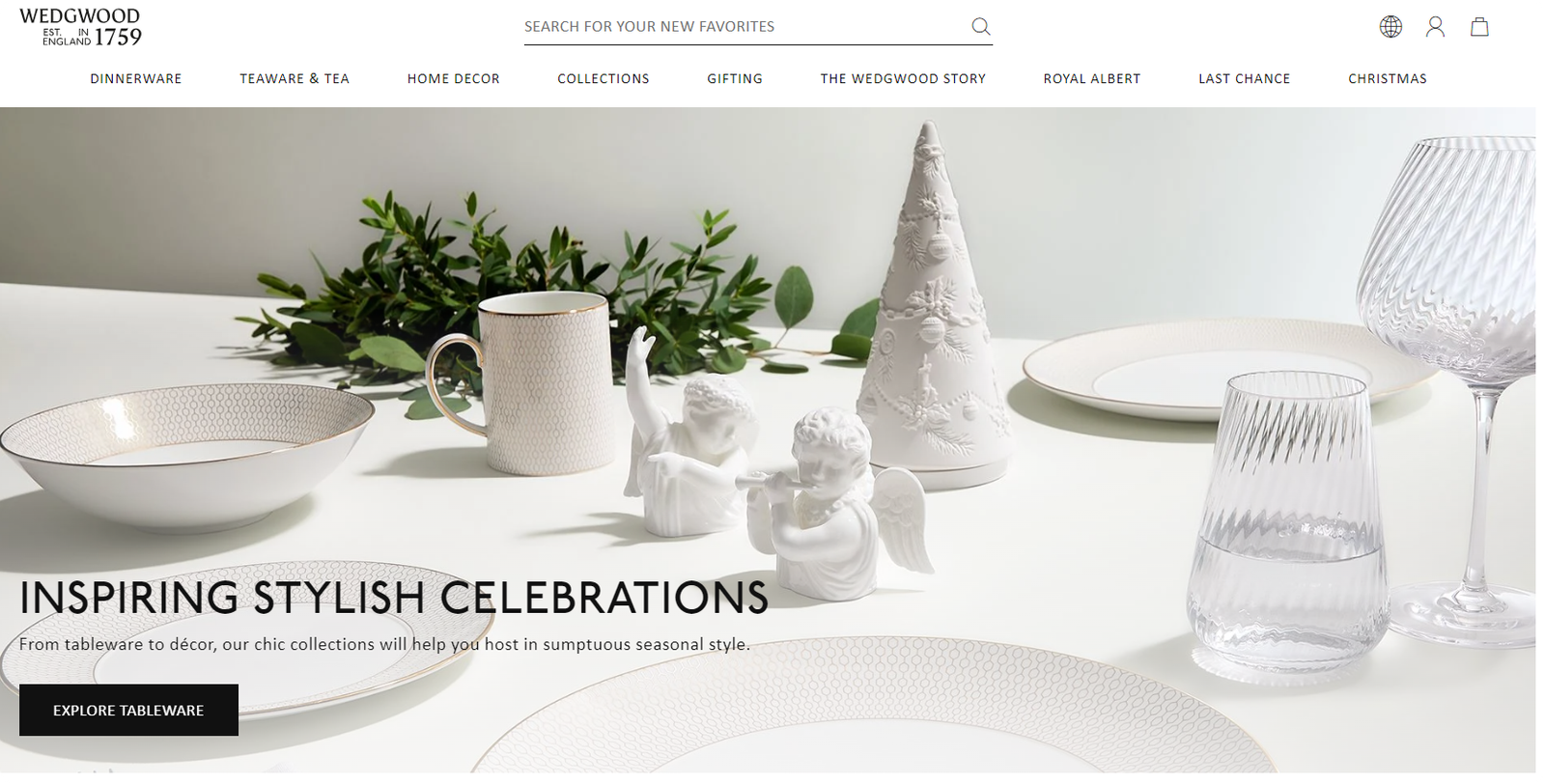For B2B purchasers in the tableware and drinkware industry, understanding the key differences between stoneware and porcelain mugs is essential when making procurement decisions. Both stoneware and porcelain offer distinct advantages depending on their intended use, durability, aesthetic appeal, and price point. Selecting the right type of material for your mug collection can enhance your product lineup, improve customer satisfaction, and meet the needs of various market segments.
In this comprehensive guide, we will explore the fundamental differences between stoneware and porcelain mugs, highlight their unique characteristics, and provide a comparative analysis of global brands that manufacture high-quality stoneware and porcelain drinkware.
1. What is Stoneware?
Stoneware is a type of ceramic that is made from a particular clay that is fired at a high temperature, typically between 1,100 and 1,300 degrees Celsius. The high firing temperature makes stoneware durable, chip-resistant, and capable of withstanding heavy daily use. It has a dense, non-porous, and opaque structure, making it highly durable compared to other types of ceramics.
Key Characteristics of Stoneware Mugs:
- Durability: Stoneware is heavier and more robust compared to porcelain, making it ideal for frequent use in both residential and commercial settings.
- Texture: It has a thicker, more tactile feel that gives it a rustic and handcrafted appearance, often used in artisanal or eco-friendly designs.
- Thermal Retention: Due to its density, stoneware mugs tend to retain heat longer, keeping beverages warm for a prolonged period.
- Color and Finish: Stoneware mugs can feature a wide variety of glazes, offering more color and finish options than porcelain. The glazes used on stoneware often give a matte or semi-glossy finish.
2. What is Porcelain?
Porcelain, also a type of ceramic, is made from fine kaolin clay and fired at slightly lower temperatures (1,200 to 1,400 degrees Celsius) compared to stoneware. The result is a smooth, white, and translucent material that is prized for its elegance and lightness. Porcelain has been the gold standard for fine dinnerware for centuries due to its refined appearance.
Key Characteristics of Porcelain Mugs:
- Elegance: Porcelain is thinner and more delicate than stoneware, providing a more refined and elegant aesthetic, especially in formal or high-end settings.
- Translucency: One of the defining features of porcelain is its translucency. When held up to the light, the material exhibits a subtle glow, adding to its appeal.
- Lightweight: Porcelain mugs are lighter and more fragile than stoneware, making them ideal for those looking for a more delicate touch.
- Heat Retention: While porcelain can hold heat well, it cools down more quickly compared to stoneware due to its thinner walls.
3. Key Differences Between Stoneware and Porcelain Mugs
Now that we’ve outlined the basic characteristics of stoneware and porcelain mugs, it’s essential to compare these two materials side by side to help B2B purchasers make more informed decisions. Below is a comparison table summarizing the key differences between stoneware and porcelain mugs.
| Feature | Stoneware Mugs | Porcelain Mugs |
|---|---|---|
| Durability | Highly durable, resistant to chips and cracks | More delicate, prone to chipping and breakage |
| Weight | Heavier, more substantial | Lighter, more delicate |
| Aesthetic | Rustic, handcrafted look | Elegant, refined appearance |
| Thermal Retention | Retains heat longer | Retains heat but cools faster |
| Glaze and Finish | Wide variety of glazes, often matte or textured | Smooth, glossy, and highly polished |
| Cost | Generally more affordable | Higher price due to refined material |
| Use | Ideal for everyday use, casual settings | Best for formal dining or luxury markets |
4. Advantages of Stoneware Mugs for B2B Purchasers
For B2B buyers considering stoneware mugs, there are several advantages that make this material a popular choice for both everyday and commercial settings.
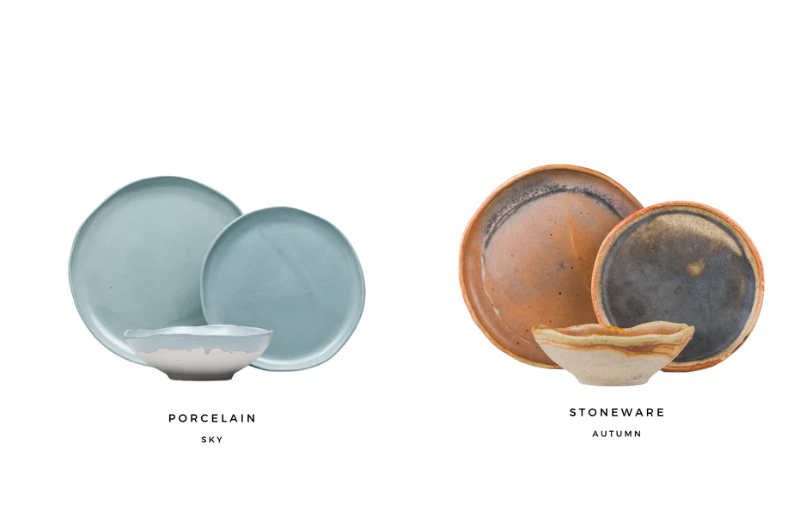
1. Durability for Frequent Use
One of the main reasons stoneware is preferred by cafes, restaurants, and casual dining establishments is its toughness. Stoneware mugs can handle daily use, frequent washing, and potential drops without the risk of easily chipping or breaking.
2. Aesthetic Versatility
The ability to add various types of glazes to stoneware offers buyers more freedom in design. Stoneware mugs can be designed in modern, minimalistic styles or feature more artistic and rustic finishes that appeal to eco-conscious consumers. This versatility allows B2B purchasers to diversify their inventory to meet a wide range of customer preferences.
3. Thermal Insulation
Stoneware’s thicker walls provide better heat retention, making it ideal for coffee and tea drinkers who prefer their beverages to stay warm for longer periods. For businesses in colder regions or those targeting markets where hot drinks are popular, stoneware mugs offer an edge.
4. Cost-Effectiveness
Stoneware is often more affordable than porcelain, making it an excellent choice for bulk purchasing. Restaurants, cafes, and hotels that need to replenish large stocks of drinkware without breaking the budget will find stoneware a great option.
5. Advantages of Porcelain Mugs for B2B Purchasers
While porcelain mugs are more delicate than stoneware, they offer distinct advantages for specific markets and use cases.
1. Elegance and Prestige
Porcelain is synonymous with luxury and refinement. Businesses that cater to high-end clientele, including fine dining establishments and luxury hotels, prefer porcelain mugs for their sleek and sophisticated appearance. The thin, lightweight feel adds a touch of class that stoneware cannot replicate.
2. Translucency
The translucency of porcelain is one of its most prized features. This characteristic gives porcelain an almost ethereal glow, adding to its allure in settings where presentation and aesthetic are paramount.
3. Smooth Finish
Porcelain’s polished, glossy finish is smooth to the touch, making it a pleasure to use. The smooth surface also makes it easier to apply intricate patterns and designs, which is why porcelain is often chosen for custom branding or premium product lines.
6. Global Stoneware and Porcelain Brands: A Comparison
To give you a clearer understanding of the global market for stoneware and porcelain mugs, we’ll now highlight three major brands for each type, along with their product offerings and key differentiators.
6.1 Global Stoneware Brands
| Brand Name | Key Products | Target Market | Unique Selling Point |
|---|---|---|---|
| Le Creuset | Stoneware mugs, bowls, and dinnerware | High-end residential and hospitality | Premium, colorful glazes, durable design |
| Denby | Stoneware drinkware and dinner sets | Middle to high-end commercial buyers | Handcrafted look, rich heritage |
| Pottery Barn | Stoneware mugs and home essentials | Home goods retailers, eco-conscious buyers | Stylish, contemporary designs |
6.2 Global Porcelain Brands
| Brand Name | Key Products | Target Market | Unique Selling Point |
|---|---|---|---|
| Noritake | Fine porcelain mugs and dinnerware | Luxury hotels, fine dining restaurants | Elegant, timeless designs |
| Villeroy & Boch | Porcelain drinkware, dinnerware | Luxury retail, high-end hotels | German craftsmanship, premium quality |
| Wedgwood | Porcelain teacups, mugs, and sets | Formal dining, upscale hospitality | Classic, British heritage, delicate designs |
7. Choosing Between Stoneware and Porcelain for Your Business
When deciding whether to invest in stoneware or porcelain mugs for your product lineup, it’s important to consider the specific needs of your clientele. Stoneware is ideal for buyers looking for durability, rustic charm, and affordability, while porcelain is better suited for those in the luxury market where elegance and refinement are key factors.
Questions to Consider:
- What is the target market for your mugs? Stoneware works well in casual settings, while porcelain is often preferred in formal or high-end environments.
- How important is durability? If your customers prioritize durability and resistance to wear, stoneware is the better option. Porcelain is more delicate but offers unmatched elegance.
- What is the aesthetic preference? Rustic and artisanal designs tend to be better achieved with stoneware, while porcelain provides a sleek, glossy finish.
Conclusion
In the world of mugs, both stoneware and porcelain have their unique advantages, and the choice between them will ultimately depend on the specific requirements of your B2B clientele. Stoneware offers durability and versatility, making it ideal for everyday use in casual settings, while porcelain stands out for its elegance and is perfect for upscale environments.
By understanding the differences between these two materials and evaluating your target market’s needs, you can make informed procurement decisions that align with your business objectives and enhance your product offerings.

